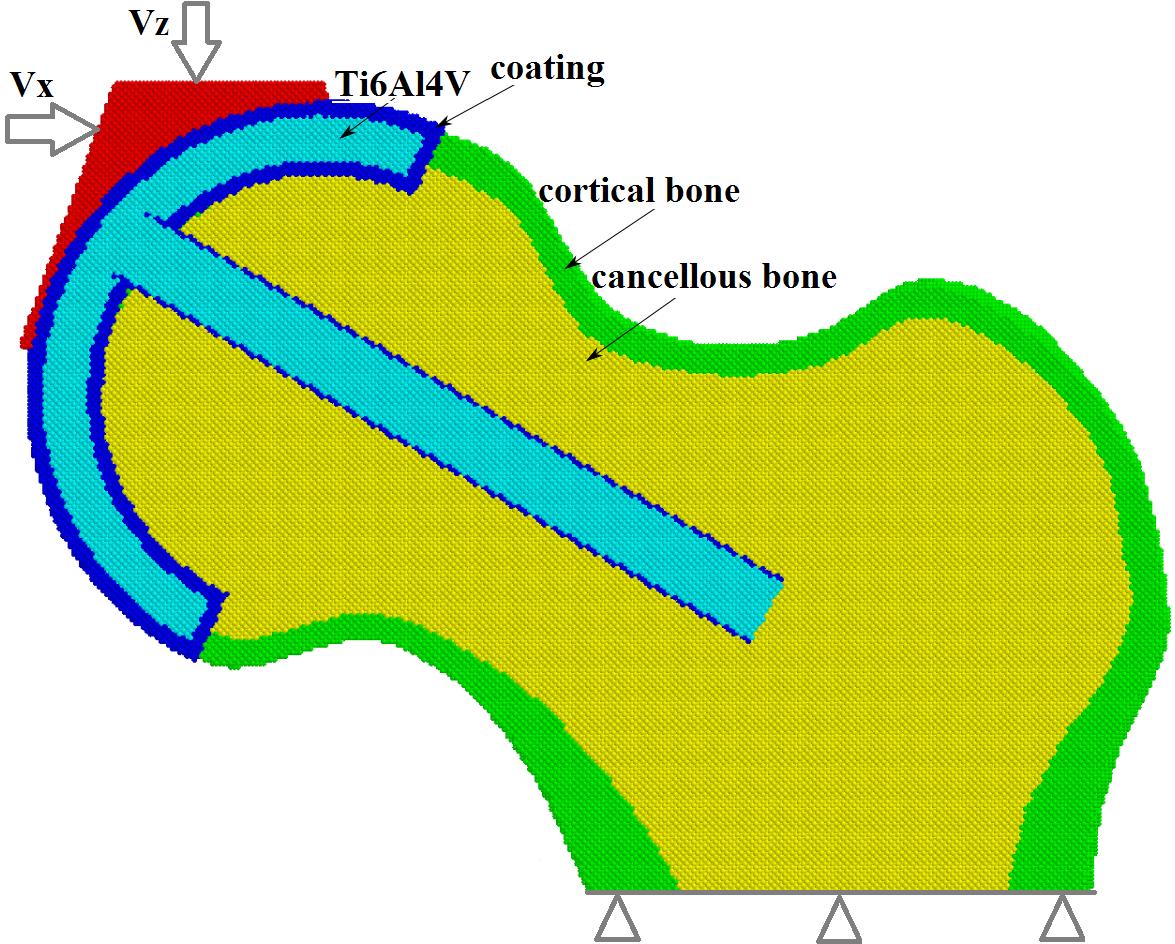Scientists from the TSU Faculty of Physics and Technology and the Institute of Physics of Strength and Materials Science of the Siberian Branch of the Russian Academy of Sciences have described the behavior of the "bone-endoprosthesis" system in the hip joint at low physiological loads - walking, squatting, and turning. The results of these studies are part of a large-scale project to develop a program for modeling individual prostheses. Their calculations will improve the quality of prostheses and reduce the cost of producing them. This research also develops a personalized approach to patients that significantly improves their quality of life.
- The hip joint is the main supporting joint, it carries a significant load when walking, running, and carrying heavy loads. The need for the design and production of individual and high-quality prostheses is growing every year, - said Galina Eremina, a researcher at TSU and ISPMS.
Some use a cobalt-chromium alloy for the manufacture of prostheses, but it is safer to use titanium and cover the head of the prosthesis with a special layer of titanium nitride (nitriding) for strengthening. Using this alloy as an example, the scientists examined how the coating of the prosthesis - its thickness, application method, roughness, and other parameters - affects the characteristics and wear and tear of the product during physical exertion.

In their calculations, Tomsk physicists took into account that bone tissue is a material saturated with liquid. In the article, they proved that with an increase in body weight or heavy exercise, the tendency to bone fractures near the prosthesis increases. In addition, if the load exceeds the natural physiological level, then the accumulation of micro and macro cracks in the bone tissue can also lead to the failure of the prosthesis.
The calculations performed are part of a project to develop a program that will simulate high-quality personalized hip joint prostheses.
- The data obtained are important for the creation of individual prostheses for a specific person and the development of personalized medicine. As a result, it will be possible to build a computer model, take specific parameters of the patient - weight, bone density, and others - and create an almost ideal prosthesis, - emphasized Alexey Smolin, the co-author, professor at the TSU Faculty of Physics and Technology.
The scientists noted that the creation of quality prostheses could reduce the number of repeated operations to replace the device and, accordingly, reduce the financial burden on the healthcare system.
